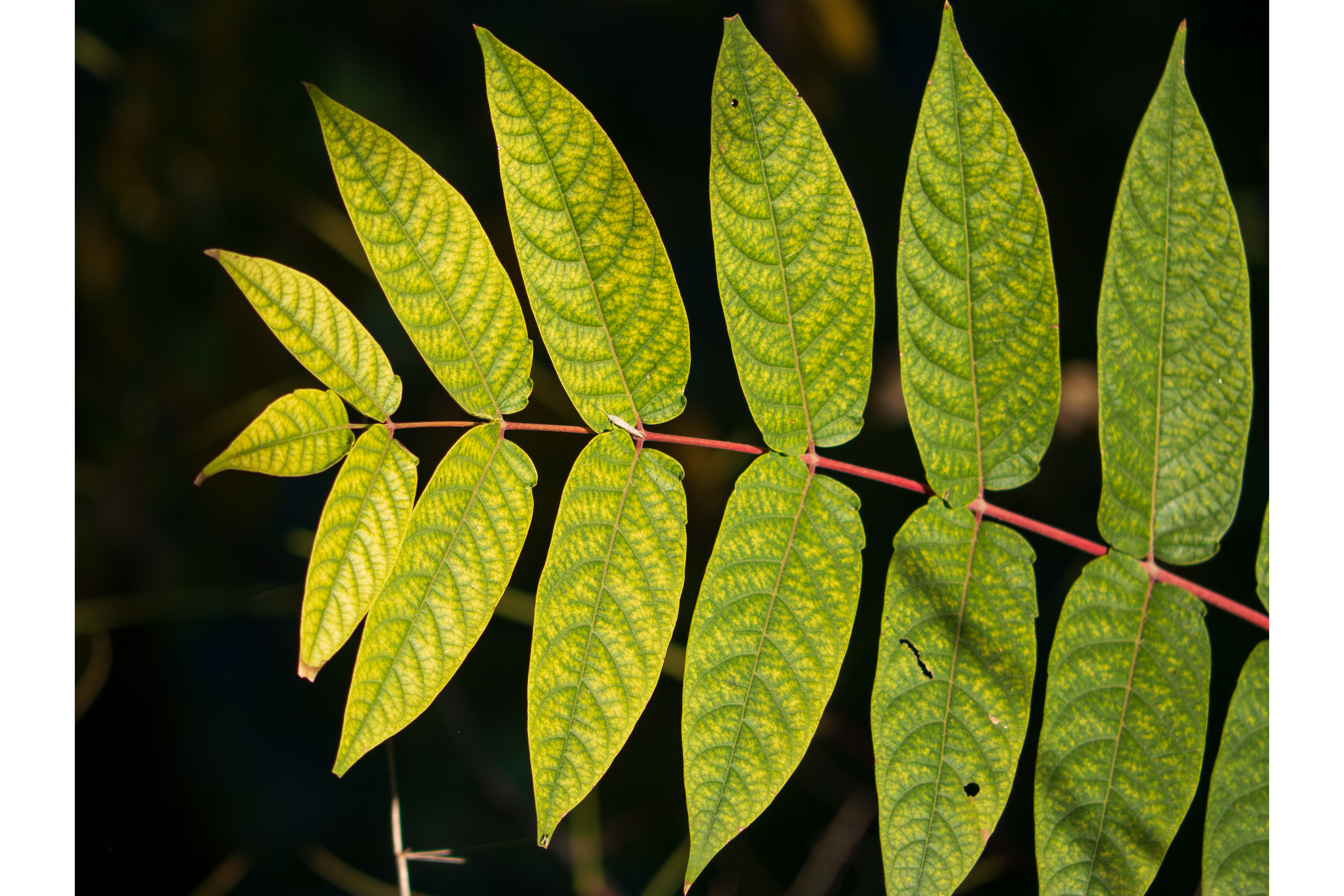Northern California black walnut
(Juglans hindsii)

Description
Juglans hindsii, commonly called the Northern California black walnut and Hinds's black walnut, is a species of walnut tree native to the western United States (California and Oregon). It is commonly called claro walnut by the lumber industry and woodworkers, and is the subject of some confusion over its being the root stock for English walnut orchard stock. The historical range of Juglans hindsii is from the San Joaquin Valley and Sacramento Valley to the Inner Northern California Coast Ranges and San Francisco Bay Area, in Northern California. A 2020 IUCN assessment has extended this range: north to Oregon and south to Southern California, in areas of similar habitat type. The tree grows in riparian woodlands, either in mono-species stands, or mixed with California oak species (Quercus spp.) and Fremont cottonwood (Populus fremontii) trees. Juglans hindsii is a medium-sized tree of short bulky proportions. It grows up to 30–60 feet (9.1–18.3 m) tall, has a single erect trunk, commonly without branches for 10–40 feet (3.0–12.2 m), and a crown that can be wider than the tree is tall. Trunks commonly reach 5–6 feet (1.5–1.8 m) in diameter near the base of the tree. The leaf is approximately 1 foot (0.30 m) long, with 13–21 leaflets per leaf, each 2-5" long, with dentate margins. Unlike the Southern California walnut, the vein angles bear tufts of hair. The nut has a smooth, brown, thick shell, that contains a small edible nutmeat. Juglans hindsii was formerly assessed as Seriously Endangered on the California Native Plant Society Rare Plant Inventory. In a 2019 revision, the species was upgraded to common. It is threatened by hybridization with orchard trees, urbanization, and habitat conversion to agriculture.
Taxonomic tree:







